Kendrick Lamar’s journey to rap royalty is unlike any other. Celebrated for his intricate lyricism, profound songwriting, boundless creativity, and insightful perspective, Lamar has built a discography that masterfully blends introspection with sharp observations of the world around him.
Whether he’s delving into themes of addiction, societal violence, class disparities, familial bonds, the realities of Compton, or even his playful jabs at Drake, Lamar’s vocal dexterity and lyrical craftsmanship allow him to embody diverse narrators, each tailored to the story he’s unfolding. This evocative storytelling has garnered him both critical acclaim and widespread commercial success, marked by chart-topping hits, numerous Grammy Awards, and even the prestigious Pulitzer Prize. Adding to his accolades, he recently headlined the Super Bowl Halftime Show alongside SZA, bringing his complex narratives to a global audience.
In anticipation of this monumental performance, we’ve curated a list of Kendrick Lamar’s essential tracks. While some beloved songs might not have made the cut, this selection represents a comprehensive overview of Lamar’s lyrical brilliance and songwriting prowess, showcasing why he’s considered one of the best. — WE
All the Stars
Image Credit: Courtesy of Interscope
“All the Stars,” the flagship single from Lamar’s “Black Panther” soundtrack, offered an early glimpse into the ambitious sonic landscape he and Top Dawg Entertainment (TDE) envisioned for Ryan Coogler’s Marvel blockbuster. While arguably one of the more understated tracks on the album, it stands out as a testament to subtlety and impact. Lamar’s restrained delivery perfectly complements SZA’s ethereal vocals on the captivating hook (“This may be the night that my dreams might let me know / All the stars are closer”), all set against a driving beat rich with synths and lush strings. A radio staple and a critical darling, “All the Stars” achieved mainstream success while also earning accolades at the Grammy Awards and MTV VMAs. Notably, it secured Lamar his first Academy Award nomination for Best Original Song, marking a significant step into cinema for Lamar and PGLang, as they continue to develop a comedy film in collaboration with “South Park” creators Matt Stone and Trey Parker. — AJ
Alright
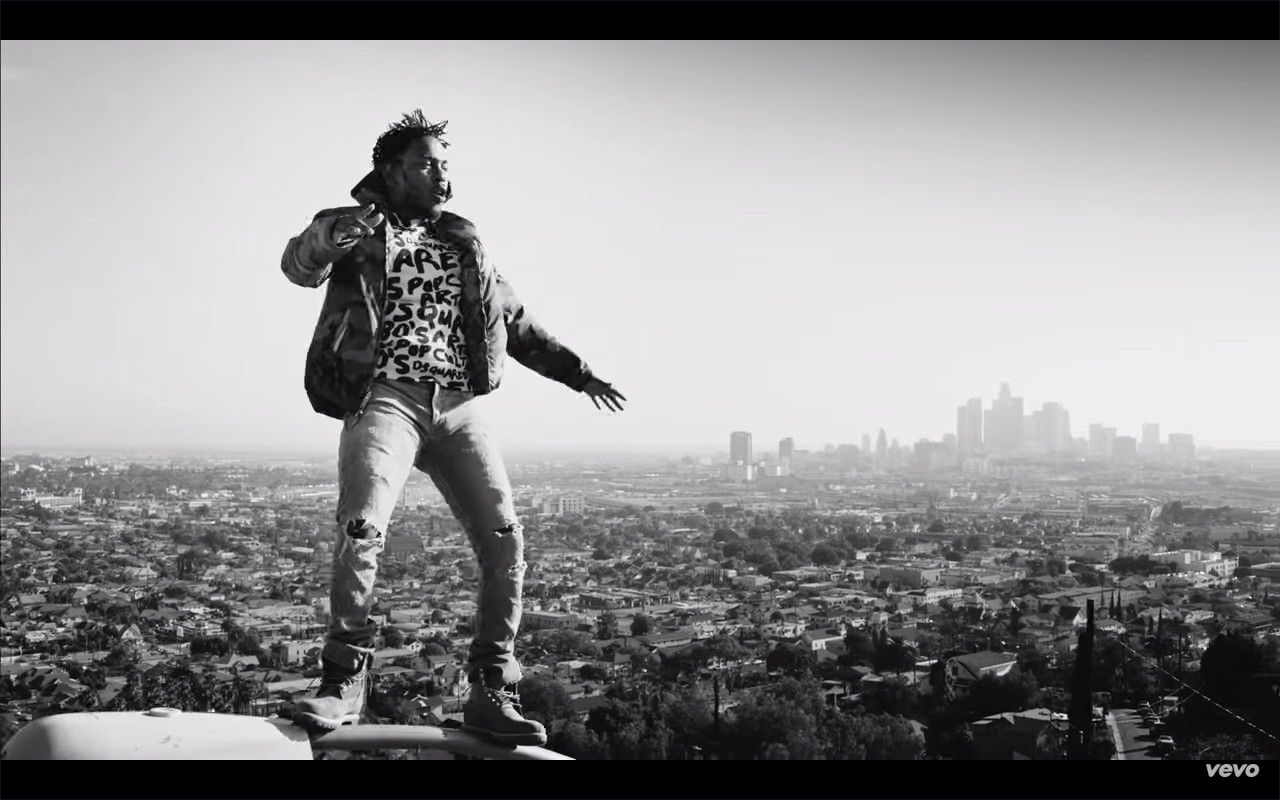 Kendrick Lamar Alright music video still
Kendrick Lamar Alright music video still
Image Credit: Courtesy of Interscope
By opening “Alright” with a poignant reference to Alice Walker’s groundbreaking novel “The Color Purple” (“Alls my life I has to fight”), Lamar immediately establishes a powerful statement: “Alright” is unequivocally a work of Black genius, with emphasis on the “Black.” Released as the fourth single from the seminal album “To Pimp a Butterfly,” this track transcended its musical form to become an anthem of protest for a generation grappling with social injustice. Lamar masterfully explores the duality of the Black experience in America. He reportedly spent six months refining the lyrics over the Pharrell Williams-produced beat, eventually arriving at an approach he described as “uplifting but aggressive.” The song confronts police brutality head-on with unflinching lyrics like “And we hate po-po / wanna kill us dead in the street fo sho,” while simultaneously offering a message of resilience and hope, asserting that despite adversity, “we gon’ be alright.” — AJ
Backseat Freestyle
Image Credit: Courtesy of Interscope
One of Kendrick Lamar’s defining strengths as an artist is his intuitive ability to shift seamlessly between introspective flows and raw, aggressive deliveries. “Backseat Freestyle” exemplifies this perfectly, unleashing a snarling energy that commands attention. Produced by Hit-Boy, the track is intentionally stripped-down compared to the more polished soundscapes of “Good Kid, M.A.A.D. City”—it’s not aiming for the vibe of “Bitch, Don’t Kill My Vibe”—and this sonic sparseness is precisely what makes it so impactful. With minimal embellishments, the song becomes a potent ode to Compton, driven by the stark clang of metallic sounds and Lamar’s assertive demands for respect. It’s a celebration of his hard-earned achievements, underscored by the prescient acknowledgement that complacency is not an option: “My mind is livin’ on cloud nine and this nine is never on vacation,” he raps, showcasing his unwavering focus. — SH
Bitch, Don’t Kill My Vibe
 Kendrick Lamar Bitch, Don’t Kill My Vibe music video still
Kendrick Lamar Bitch, Don’t Kill My Vibe music video still
Image Credit: Courtesy of Interscope
By the time “Bitch, Don’t Kill My Vibe” was released as the fifth single from Lamar’s breakthrough album “Good Kid, M.A.A.D City,” he had already solidified his hit-making ability with tracks like “Swimming Pools (Drank)” and “Backseat Freestyle,” as well as a notable collaboration with Drake on “Poetic Justice.” Initially envisioned as a collaboration with Lady Gaga, the song evolved into a profound meditation on Lamar’s burgeoning status within the music industry and his artistic ethos. It serves as a declaration of Lamar’s iconoclastic nature, offering a glimpse into the integrity and unwavering passion that would set him apart from his contemporaries. — Todd Gilchrist
DNA
Image Credit: Courtesy of Interscope
Early on in his career, Kendrick Lamar established a pattern: he challenges his listeners. While he possesses the ability to create chart-topping bangers effortlessly, he consistently opts to push boundaries and explore unexpected sonic territories. Just when listeners thought they had him pegged after the jazz-infused sounds of “To Pimp a Butterfly,” he delivered “DNA,” a track that is a curveball within a curveball. The song begins with an infectious, swampy groove, lulling the listener into a sense of familiarity, before abruptly morphing into increasingly complex and dissonant layers. Suddenly, three distinct sonic elements are unfolding simultaneously, pushing the listener’s auditory processing to its limits. Despite the sonic complexity, the lyrical content of “DNA” is remarkably direct, revealing Lamar’s deep self-awareness and early recognition of his internal conflicts: “Realness, I just kill shit ’cause it’s in my DNA / I got millions, I got riches buildin’ in my DNA / I got dark, I got evil that rot inside my DNA / I got a troublesome heart inside my DNA.” — JA
Euphoria
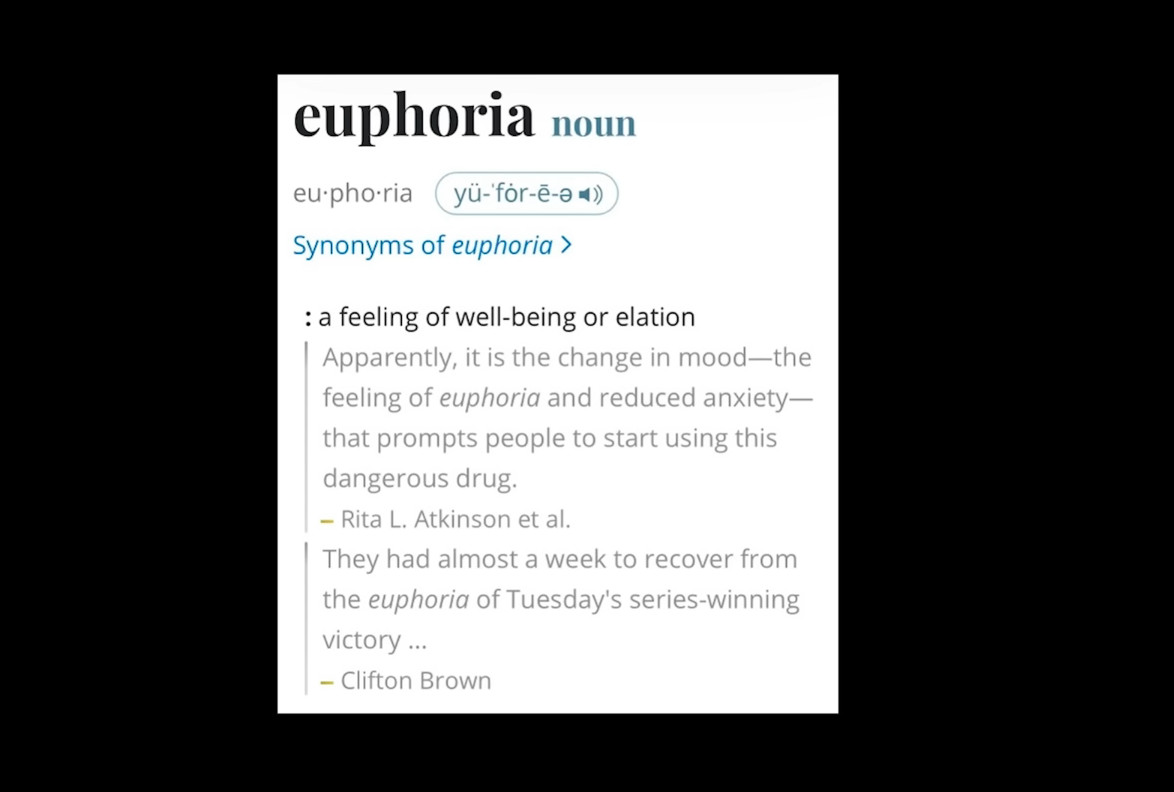 Kendrick Lamar Euphoria music video still
Kendrick Lamar Euphoria music video still
Image Credit: Courtesy of Interscope
While “Euphoria,” Lamar’s initial Drake diss track, might not have reached the cultural phenomenon status of “Not Like Us,” it remains a scathing and meticulously crafted attack that systematically dismantles the pop star across three increasingly aggressive beat shifts. The track opens with a deceptively low-key intro, laced with veiled threats (“Know you a master manipulator and habitual liar too / But don’t tell no lie about me and I won’t tell truths ’bout you”), before escalating into pointed and personal barbs. The accusations of absentee parenting that follow the line “I got a son to raise, but I can see you don’t know nothin’ ’bout that” are particularly brutal, landing with visceral impact. Every line in “Euphoria” is designed to shock and provoke, effectively setting the stage for “Not Like Us” to ultimately dominate the internet and the rap discourse. — WE
King’s Dead
Image Credit: Courtesy of Interscope
Lamar’s curated soundtrack for “Black Panther” culminates in “King’s Dead,” an explosive hip-hop collaboration featuring himself, Jay Rock, and Future. While Future’s verse arguably strays from the thematic and narrative threads of Ryan Coogler’s film, Lamar and Jay Rock elevate the track to an epic scale befitting royalty, whether living or deceased. In fact, Jay Rock recognized its power and made it the lead single for his subsequent album. Even within the framework of a superhero movie soundtrack, “King’s Dead” underscores Lamar’s ability to conquer any creative challenge he undertakes. — Todd Gilchrist
Money Trees
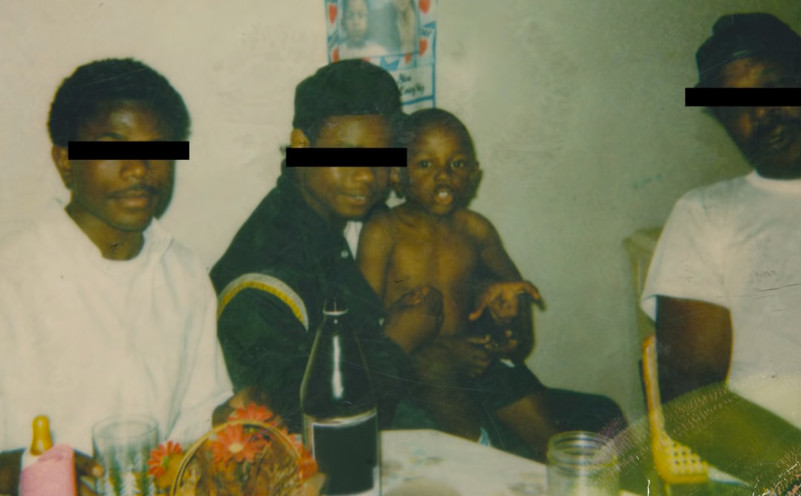 Kendrick Lamar Money Trees music video still
Kendrick Lamar Money Trees music video still
Image Credit: Courtesy of Interscope
Set against a hazy, atmospheric beat crafted by DJ Dahi and Hit-Boy, “Money Trees” sees Lamar employing a call-and-response flow that evokes the nostalgic undercurrent permeating “Good Kid, M.A.A.D City.” In this track, music and tragedy are intertwined as Lamar casually references Usher and E-40 alongside the ever-present specter of violence in his surroundings. The chorus delivers a profound and recurring theme of the album: “Everybody gon’ respect the shooter/But the one in front of the gun lives forever.” Jay Rock’s featured verse is a standout moment in his own discography, delivering urgent rhymes about the realities of drug dealing with vivid specifics that could serve as a blueprint for an illicit enterprise. — WE
Not Like Us
Image Credit: Courtesy of Interscope
Even before its five Grammy wins, “Not Like Us” was already cemented as an instant classic within Kendrick Lamar’s remarkable catalog of timeless hits. The track strategically targeted Drake, but it also resonated deeply with a West Coast hip-hop fanbase yearning for a dominant anthem to represent their sound after years without a globally recognized superstar. While artists like Shoreline Mafia and Mike Sherm had cultivated a strong local presence in Los Angeles and Bay Area party scenes, “Not Like Us” filled a larger void. It showcased two masters of their craft—Lamar and producer DJ Mustard—operating at the peak of their abilities, doing what they do best. Built upon a foundation of aggressively syncopated rhythms, the beat is clean and minimalist, allowing Lamar’s feverish rapping, delivered slightly ahead of typical phonetic patterns, to create that signature West Coast bounce. The success and freshness of “Not Like Us” offer numerous lessons, but perhaps the most crucial takeaway is the empowering message: embrace your inner hater and use it as fuel for creativity. — Thania Garcia
Poetic Justice
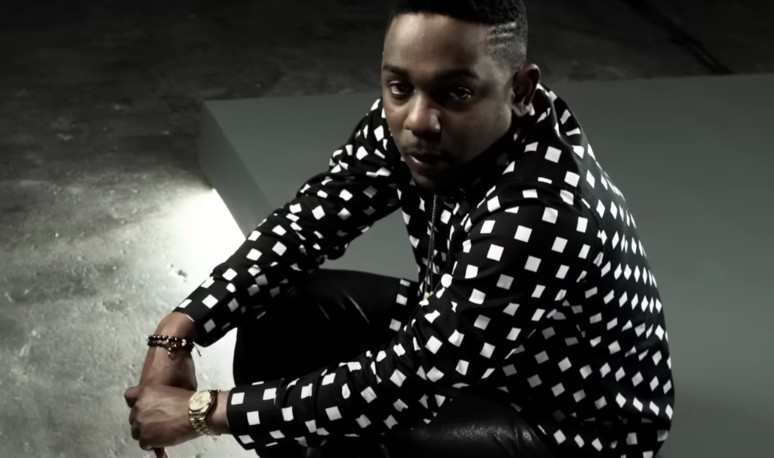 Kendrick Lamar Poetic Justice music video still
Kendrick Lamar Poetic Justice music video still
Image Credit: Courtesy of Interscope
Built around a sample of Janet Jackson’s smooth vocals from “Any Time, Any Place,” “Poetic Justice” featuring Drake, is arguably the sole love song on “Good Kid, M.A.A.D City”—and it’s a standout example of the genre. As one of Lamar’s most commercially successful tracks to date, “Poetic Justice” undeniably benefits from the timeless sensuality of Jackson’s original sample. Once you move past the now-fraught presence of Drake, it’s clear that the former collaborators possessed undeniable chemistry. The lyrical beauty of the song shines through in striking one-liners like – “If a flower bloomed in a dark room would you trust it?” – adding depth and intrigue to its romantic core. — Thania Garcia
Rich Spirit
Image Credit: Courtesy of Interscope
Anchored by the pointed chorus lyric “Stop playin’ with me ‘fore I turn you to a song,” “Rich Spirit” from “Mr. Morale & the Big Steppers” served as a FAFO (fuck around and find out) warning that would come to fruition two years later with Lamar’s historic and Grammy-winning feud with Drake. However, the track also functions as a form of self-admonishment for Lamar. Within the verses, he grapples with his accomplishments, responsibilities within the music industry, and the complexities of relationships with his expanding circle of confidantes, collaborators, and even those presumed to be loved ones (“And my cousin tried to sue me like he got the privilege”). He acknowledges that his escalating success increasingly complicates all these dynamics. — Todd Gilchrist
Rigamortus
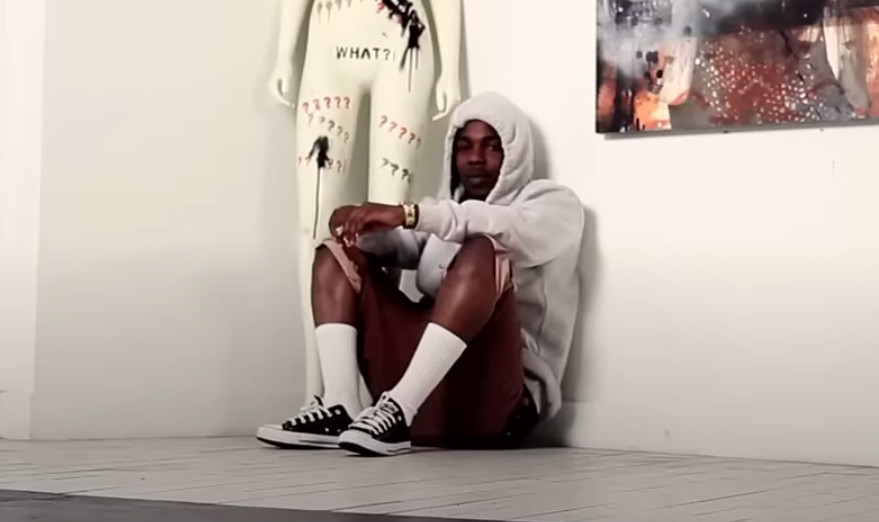 Kendrick Lamar Rigamortus music video still
Kendrick Lamar Rigamortus music video still
Image Credit: Courtesy of Interscope
For many, “Section.80” served as their introduction to Kendrick Lamar, building upon the buzz generated by his mixtape releases. His 2011 debut album solidified his core strengths as an emcee—his ability to dissect the pain of street life while simultaneously acknowledging the allure of the vices associated with escaping it. “Rigamortus” finds a compelling middle ground, focusing intently on Lamar’s lyrical prowess and serving as a warning to his rap peers that his wordplay is a force to be reckoned with. He doesn’t just assert his skill; he demonstrates it, effortlessly gliding across the horn-driven instrumental, experimenting with double and triple meter while delivering lyrical jabs with every turn. If a definitive starting point for Lamar’s ascent exists, “Rigamortus” makes a strong case for being it. — SH
Swimming Pools (Drank)
Image Credit: Courtesy of Interscope
“Swimming Pools (Drank)” was released when Lamar was a relatively nascent artist, marking his Interscope label debut. This introspective party anthem tackles the serious issue of alcohol abuse through rhyme. In retrospect, the track serves as a clear and compelling precursor to Lamar’s widely recognized politically charged approach to rap music. From the outset, he establishes the seductive allure of alcohol – “Some people like the way it feel / Some people wanna kill their sorrows / Some people wanna fit in with the popular” – only to introduce a cautionary voice of conscience midway through the song. By the conclusion of “Swimming Pools (Drank),” Lamar has woven a deeply personal cautionary tale that reflects a recurring cycle of self-destructive behavior and violence within Compton. — Thania Garcia
TV Off
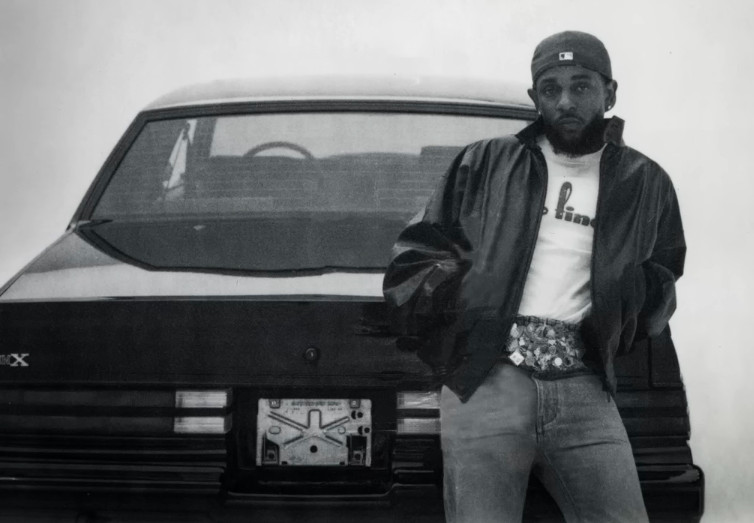 Kendrick Lamar TV Off music video still
Kendrick Lamar TV Off music video still
Image Credit: Courtesy of Interscope
While undeniably more lighthearted and less lyrically dense than what we’ve come to expect from the Pulitzer Prize-winning artist, “TV Off” is an undeniably infectious and celebratory victory lap of a song. Opening with a sample from MacArthur Park’s “Monk Higgins,” Lamar issues a call to action against conformity, urging listeners to “turn the TV off” as a means of resisting unconscious manipulation and influence. From its triumphant horn section to the meme-worthy ad-libs of “Mustaaaaaaaaaard!” and “Crazy, scary, spooky, hilarious,” Lamar builds upon the momentum of “Not Like Us” with another classic DJ Mustard production. — Thania Garcia
untitled 05 | 09.21.2014.
Image Credit: Courtesy of Interscope
Lamar’s lyrical precision is razor-sharp in “untitled 05 | 09.21.2014.”, a bleak lament on class disparities and desperation. In the opening verse, his character is portrayed at his breaking point (“Once upon a time I used to go to church and talk to God / Now I’m thinkin’ to myself, hollow tips is all I got”) and commits a shocking act of violence, all unfolding against a backdrop of a jazzy chorus featuring Anna Wise and a haunting Thundercat bassline. Lamar’s vocal delivery is raw and emotionally charged, and the subsequent verses featuring Punch and Jay Rock only amplify the track’s intensity. Lines like “Justice ain’t free, therefore justice ain’t me / So I justify his name on obituary” resonate deeply, particularly given their presence on a demo album, and ultimately serve as precise throughlines within Lamar’s broader storytelling. — WE
XXX
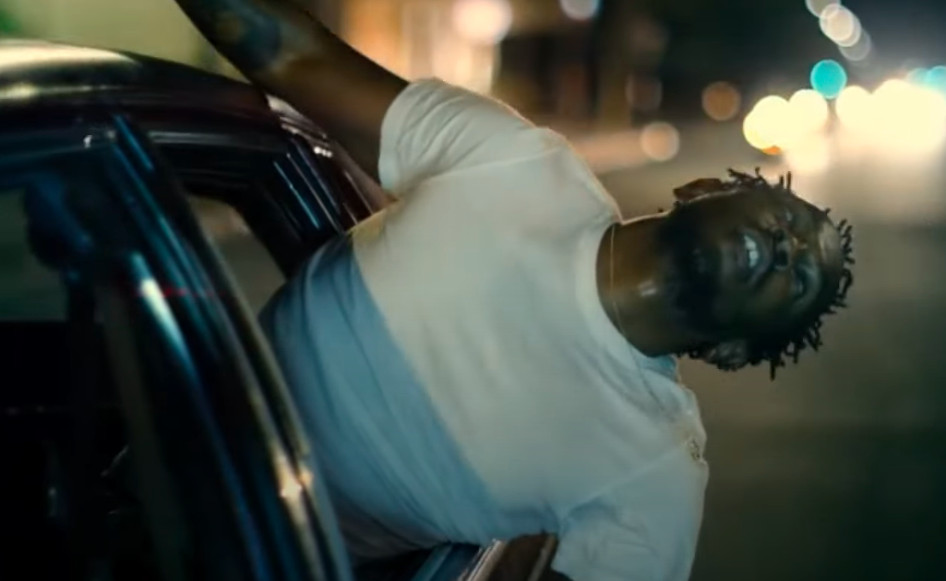 Kendrick Lamar XXX music video still
Kendrick Lamar XXX music video still
Image Credit: Courtesy of Interscope
“XXX” sees Lamar tackling the complex themes of the American Dream and religion with ambitious scope. He adapts his flow to match the track’s shifting beat variations, culminating in a breathless delivery in the latter half of the first verse. Here, he raps about the futility of offering comfort to a friend whose child was killed over money: “‘I can’t sugarcoat the answer for you, this is how I feel / If somebody kill my son, that mean somebody gettin’ killed,” he raps, as police sirens rise in the mix, threatening to overwhelm the beat. The song then transitions into a jazzy interlude, featuring a thematically resonant verse from Bono. Broad, impactful ideas flood the track: “It’s murder on my street, your street, back streets, Wall Street / Corporate offices, banks, employees, and bosses with / Homicidal thoughts, Donald Trump’s in office.” — WE

